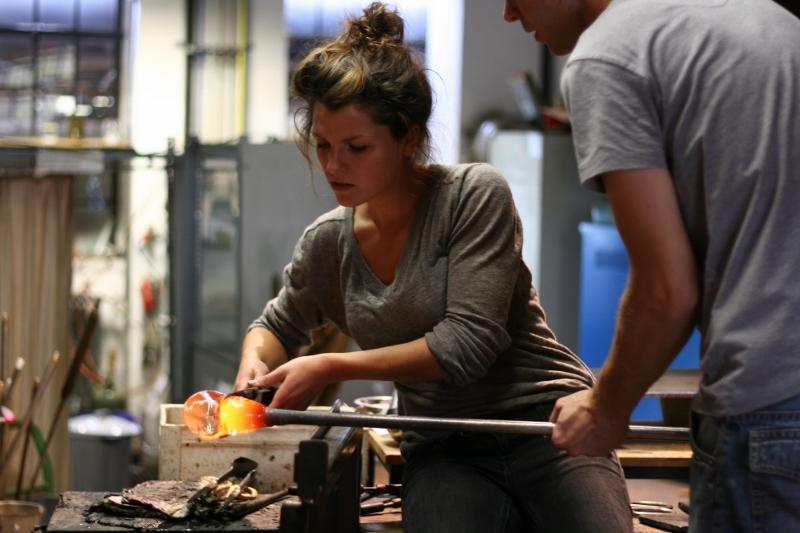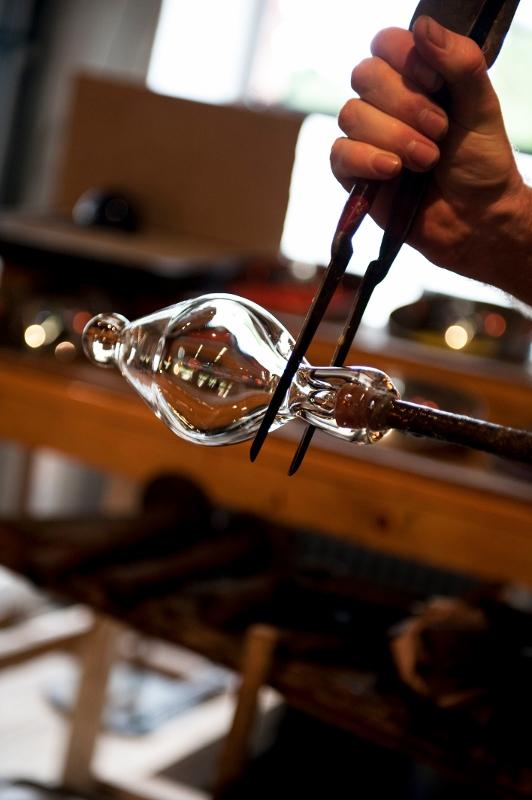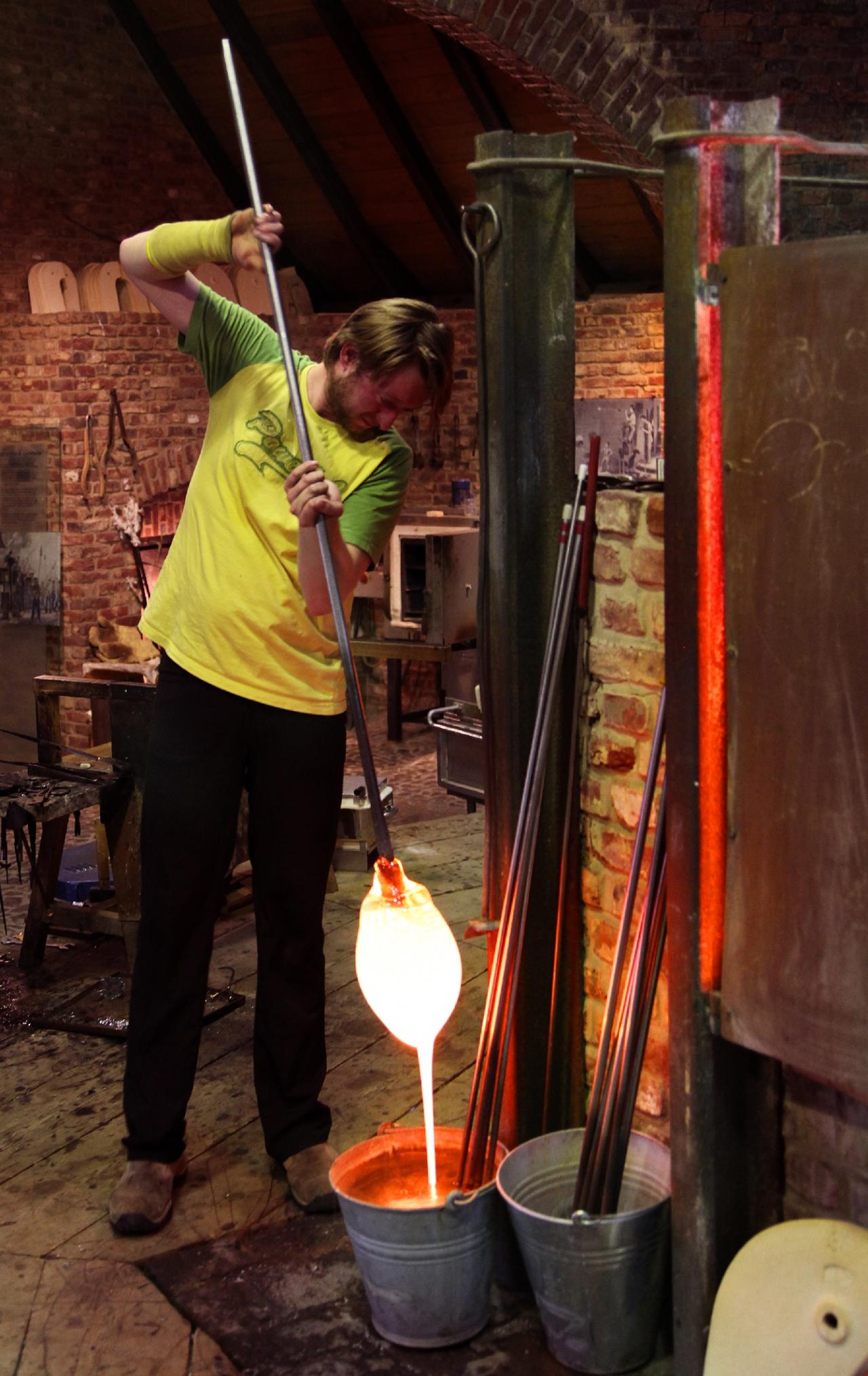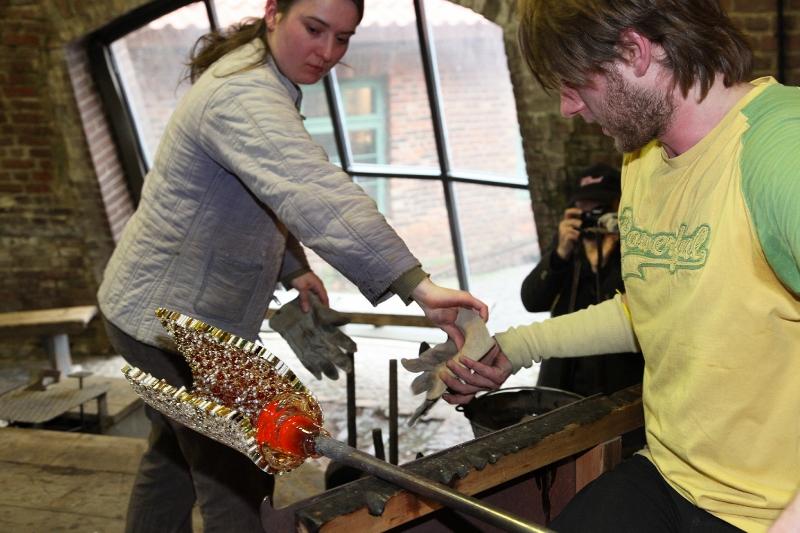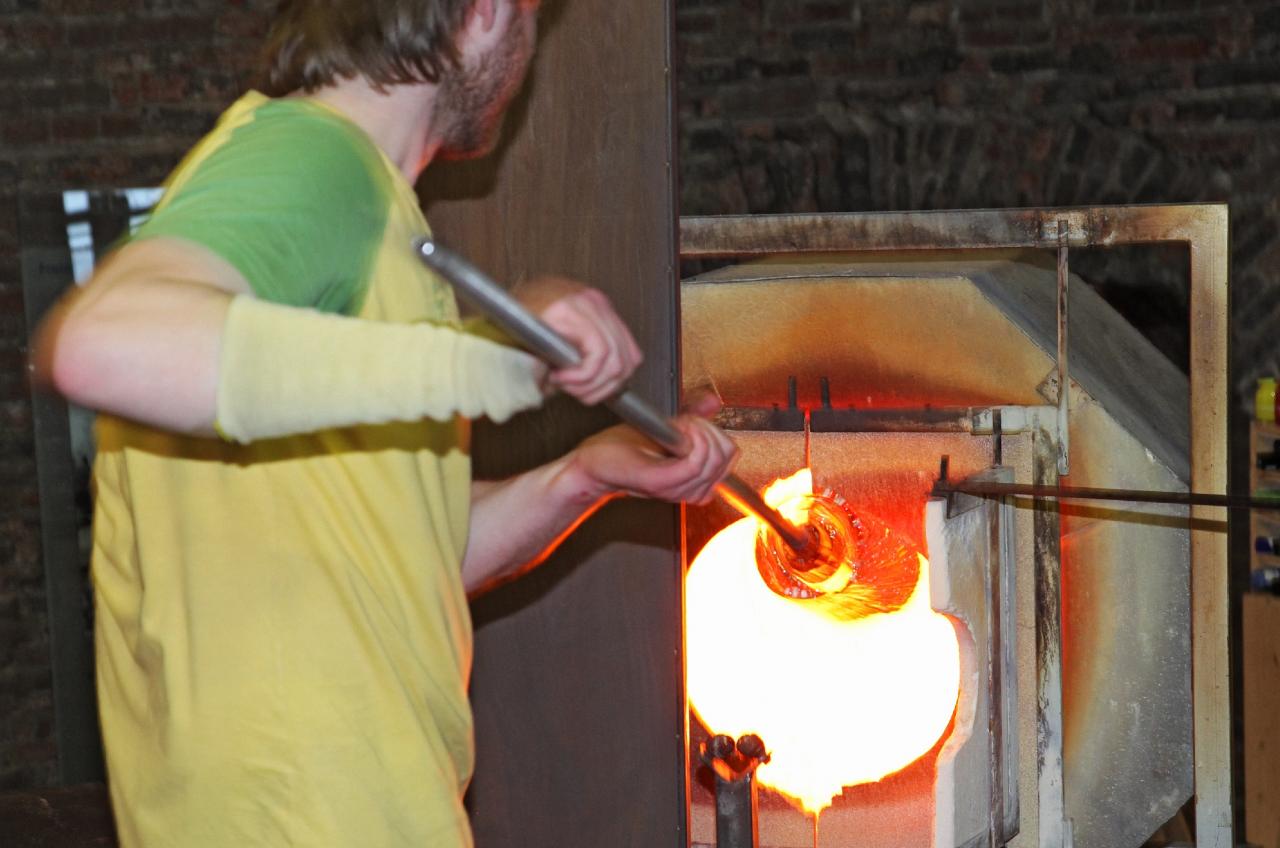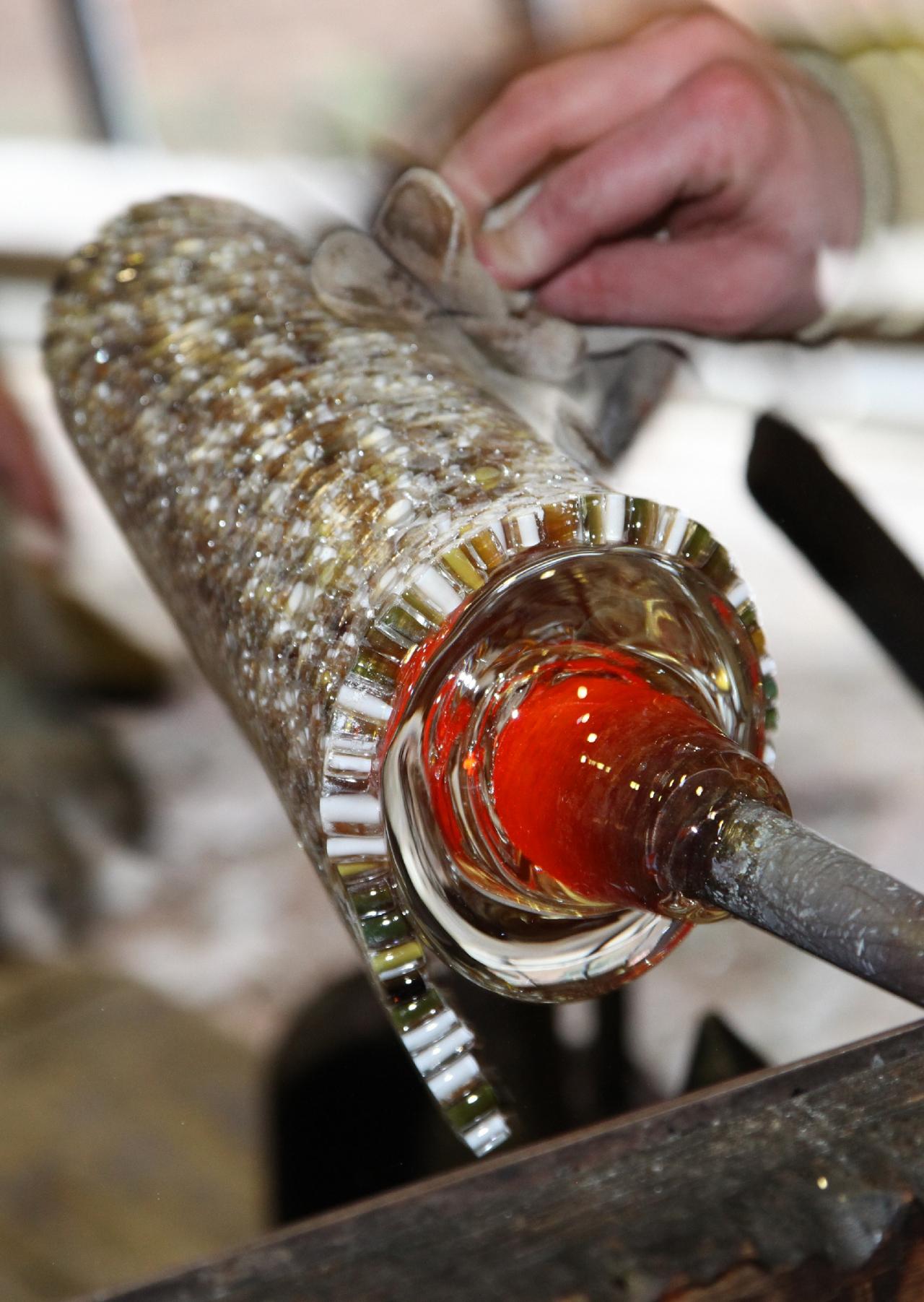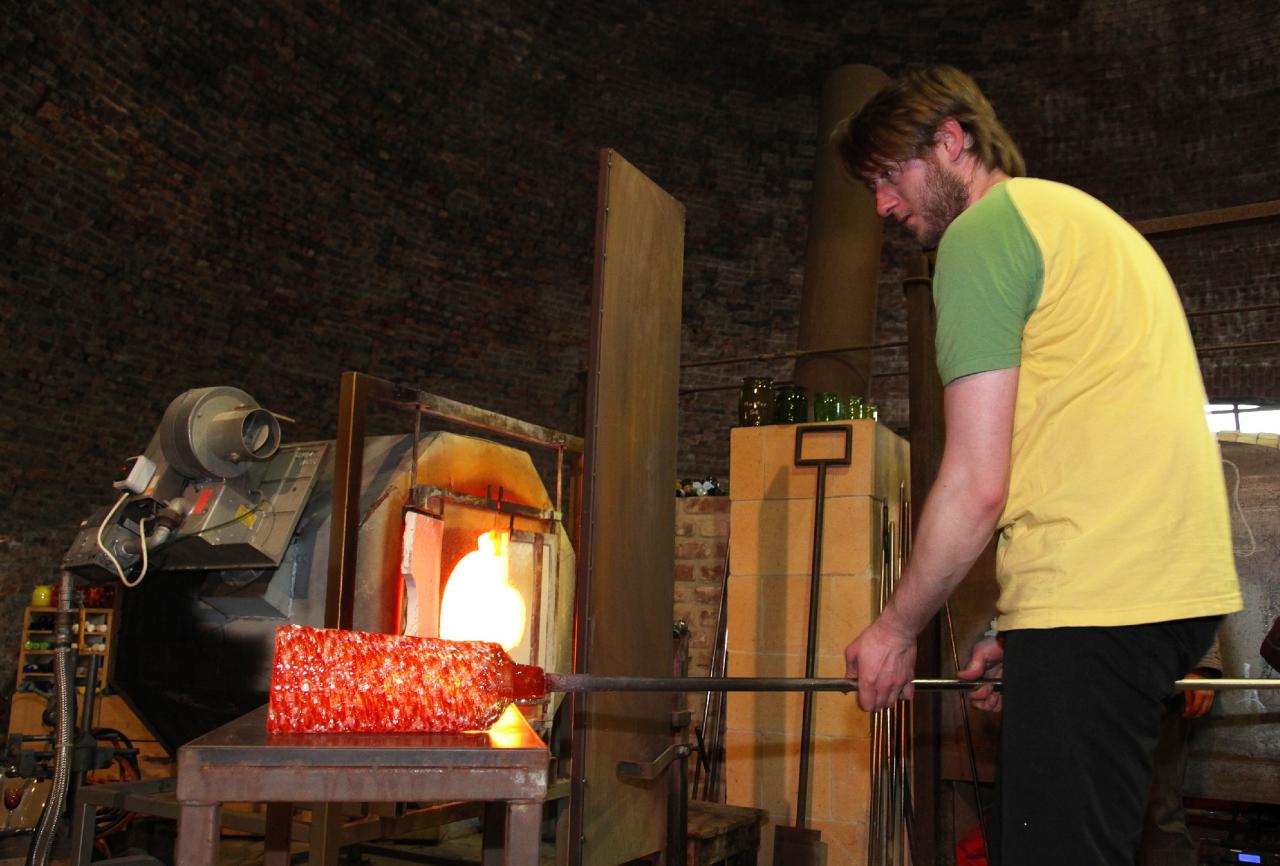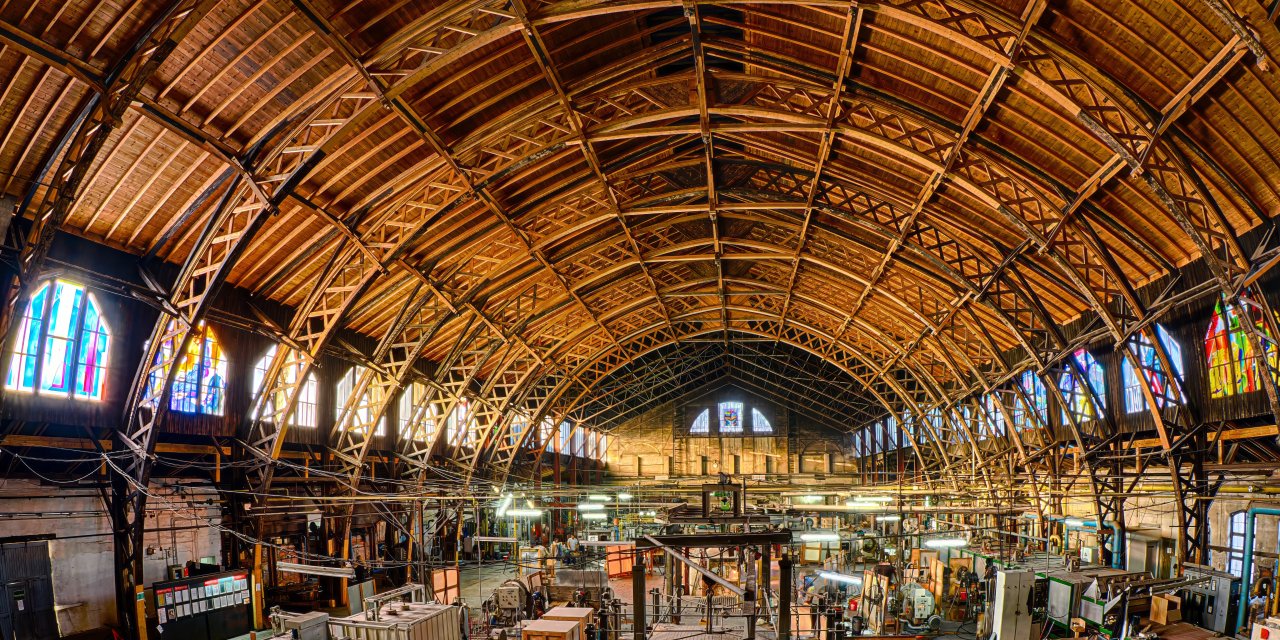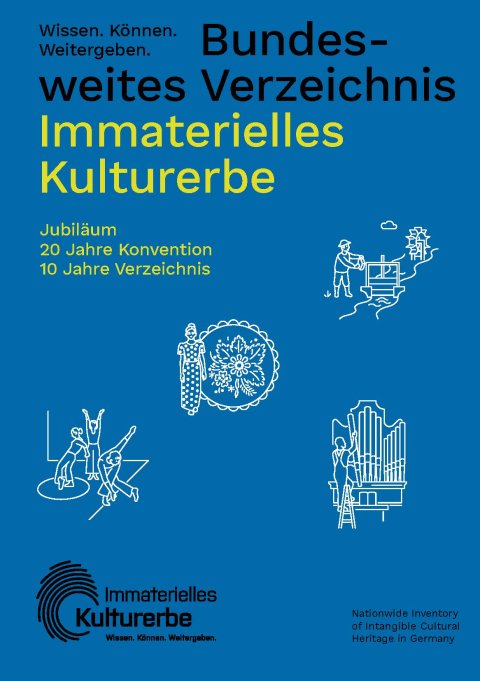Nationwide Inventory of Intangible Cultural Heritage
Manual Production of Mouth-Blown Hollow and Flat Glass
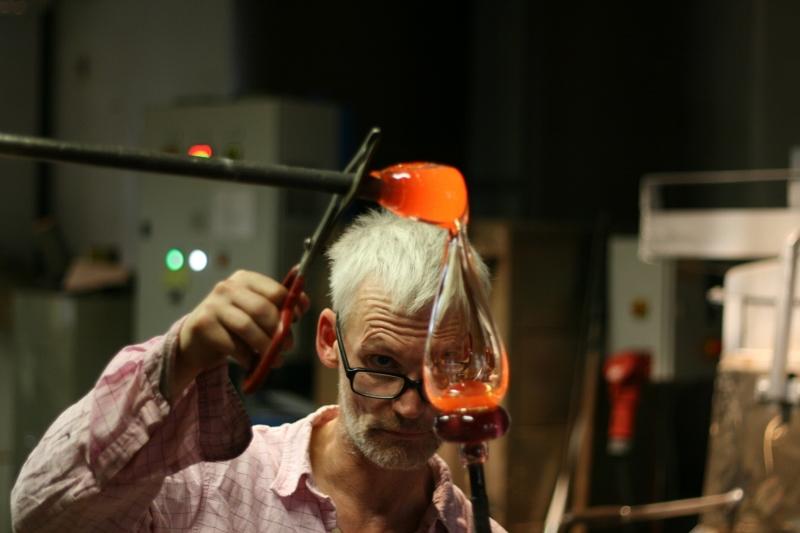
Facts & figures
Crucial date: all seasons
Inscription: 2015
Domains: traditional craftsmanship
Where to find: nationwide (also abroad)
The techniques of manual hollow glassware and flat glass production require complex knowledge and a wealth of experience. In Germany there are nearly 500 persons with this implicit knowledge.
Each mouth-blown glass product begins with the parison, which is overlaid with a layer of glass and further inflated. By rotation, pulmonary pressure and tools perfected over centuries the glassblowers achieve the required form, either freehand or with the help of forms.
Hollow and flat glass have a common technical origin. A hollow glass piece results from the workmanship of the round glass body on the blowpipe or a so-called punty iron. It is flared, formed under constant rotation, outfitted with applications and finally cooled down in the annealing lehr. Glassmakers apply the mouth-blown method in industrial glassworks, small hollow glass factories or artistically oriented glass studios. The basic form of flat glass sheets is also spherical, stretched with tools or with a so-called panning pit to a roll.
Due to its method of production, flat, mouth-blown cylinder glass has a special structure, transparency and optical effect. Artists such as Marc Chagall, Gerhard Richter or Neo Rauch have used mouth-blown sheet glass for their works of art. In addition, the method is used worldwide for the decorative design of important sacred and profane buildings.
Even today, the composition of the glass batch is mostly handed down within the glass factory and is often subject to strict secrecy, as this determines the quality and luminosity of the product. Internationally, there are still three factories which produce sheet glass by the mouth-blown method, of which one is located in Germany.
To this day, glassmakers are traditionally part of an international network. At the present time mouth-blown glass is, on the one hand, a substrate for artistic and architectural designs and, on the other hand, indispensable for the restoration and production of prototypes, individual small-scale series, special technical applications and unique items.
Contacts
Museum und Glasstudio Baruther Glashütte
Curator Dr. Georg Goes
@email
www.museumsdorf-glashuette.de
LWL-Industriemuseum Glashütte Gernheim
Curator Dr. Katrin Holthaus
@email
www.lwl.org
Glashütte Lamberts Waldsassen GmbH
Rainer Schmitt
@email
www.lamberts.de
